Technological Advancements in Railway Pantograph Market
The Railway Pantograph Market is experiencing a surge in technological advancements, which are enhancing the efficiency and reliability of pantographs. Innovations such as lightweight materials and improved aerodynamic designs are being integrated into pantograph systems, leading to better performance and reduced wear. The introduction of smart pantographs equipped with sensors allows for real-time monitoring of contact force and wear, which can potentially extend the lifespan of both the pantograph and the overhead line. According to recent data, the adoption of these advanced technologies is projected to increase the market share of the Railway Pantograph Market by approximately 15% over the next five years. This trend indicates a shift towards more sophisticated rail systems that prioritize safety and operational efficiency.
Sustainability Initiatives Driving Railway Pantograph Market
Sustainability initiatives are becoming increasingly pivotal in the Railway Pantograph Market, as stakeholders seek to reduce the environmental impact of rail transport. The push for electrification of rail networks is leading to a higher demand for efficient pantograph systems that minimize energy consumption. Furthermore, the integration of recyclable materials in pantograph manufacturing aligns with global sustainability goals, potentially attracting investments from environmentally conscious entities. Recent reports suggest that the Railway Pantograph Market could see a growth rate of around 10% annually as more rail operators commit to sustainable practices. This shift not only enhances the appeal of rail transport but also positions the Railway Pantograph Market as a key player in the transition towards greener transportation solutions.
Government Regulations and Standards in Railway Pantograph Market
Government regulations and standards play a crucial role in shaping the Railway Pantograph Market. Regulatory bodies are establishing stringent safety and performance standards for pantographs to ensure the reliability of rail systems. Compliance with these regulations often necessitates the adoption of advanced technologies and materials, which can drive innovation within the market. As governments worldwide prioritize rail safety, the Railway Pantograph Market may experience a shift towards more robust and efficient pantograph designs. This regulatory environment could lead to a projected market growth of approximately 12% as manufacturers adapt to meet these evolving standards, thereby enhancing the overall safety and efficiency of rail transport.
Expansion of Rail Networks and Its Impact on Railway Pantograph Market
The expansion of rail networks is significantly influencing the Railway Pantograph Market, as new rail lines require the installation of pantograph systems. Countries are investing heavily in rail infrastructure to improve connectivity and reduce road congestion, which in turn drives demand for pantographs. For instance, recent infrastructure projects in various regions indicate a potential increase in pantograph installations by over 20% in the coming years. This expansion is not limited to passenger services; freight rail systems are also being upgraded, necessitating the use of advanced pantograph technology. As rail networks grow, the Railway Pantograph Market is likely to benefit from increased orders and a broader customer base.
Increased Investment in Rail Infrastructure and Its Effects on Railway Pantograph Market
Increased investment in rail infrastructure is a significant driver for the Railway Pantograph Market. Governments and private entities are channeling funds into modernizing existing rail systems and constructing new lines, which directly correlates with the demand for pantographs. Recent funding initiatives have indicated a potential increase in rail infrastructure spending by 25% over the next decade, which could lead to a corresponding rise in pantograph installations. This influx of investment not only supports the growth of the Railway Pantograph Market but also encourages innovation as manufacturers strive to meet the demands of modern rail systems. Consequently, the market is poised for substantial growth as infrastructure projects unfold.


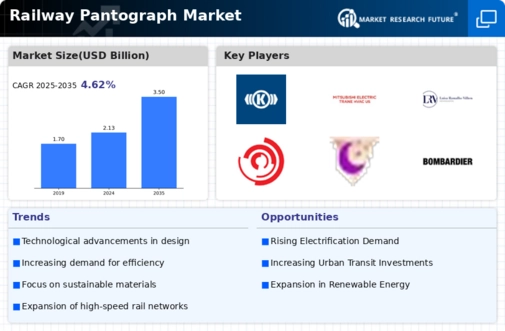
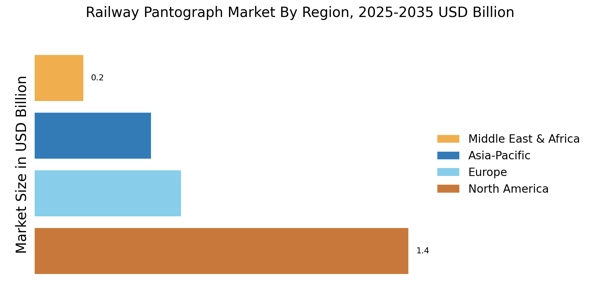
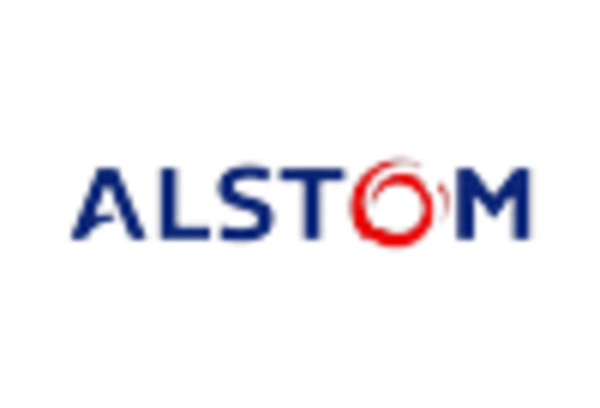
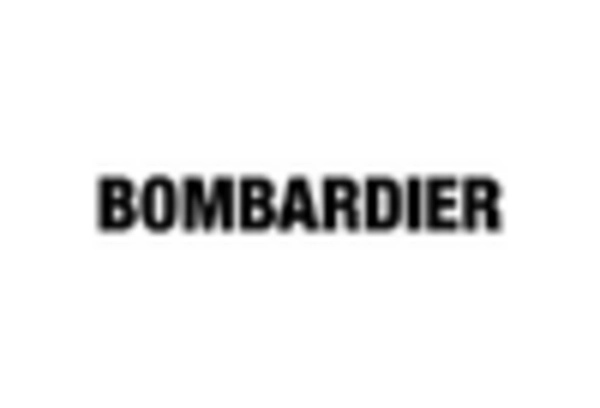

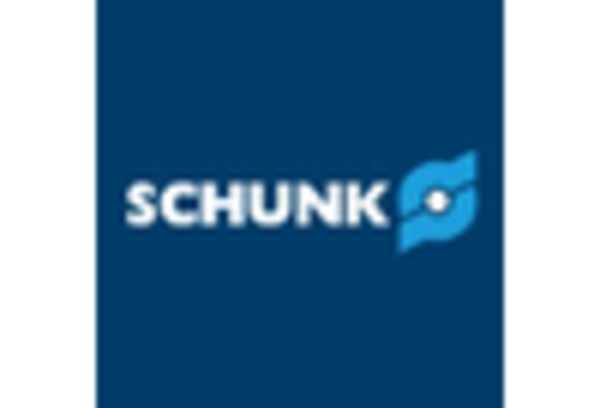

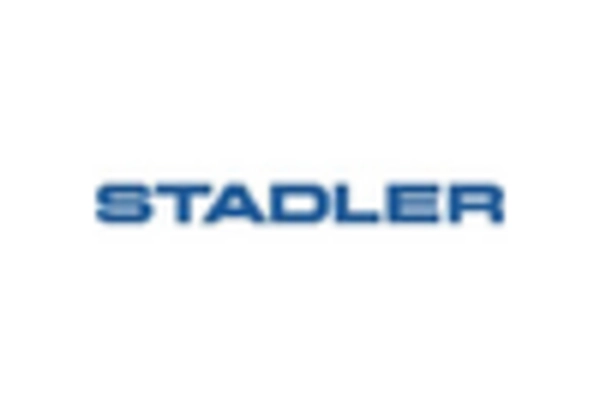








Leave a Comment